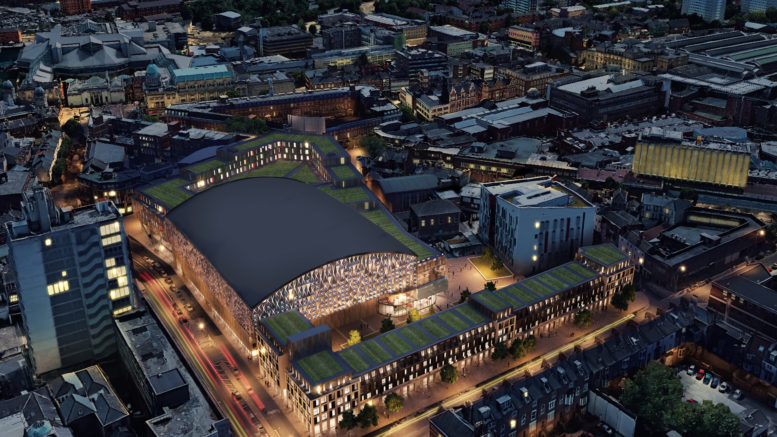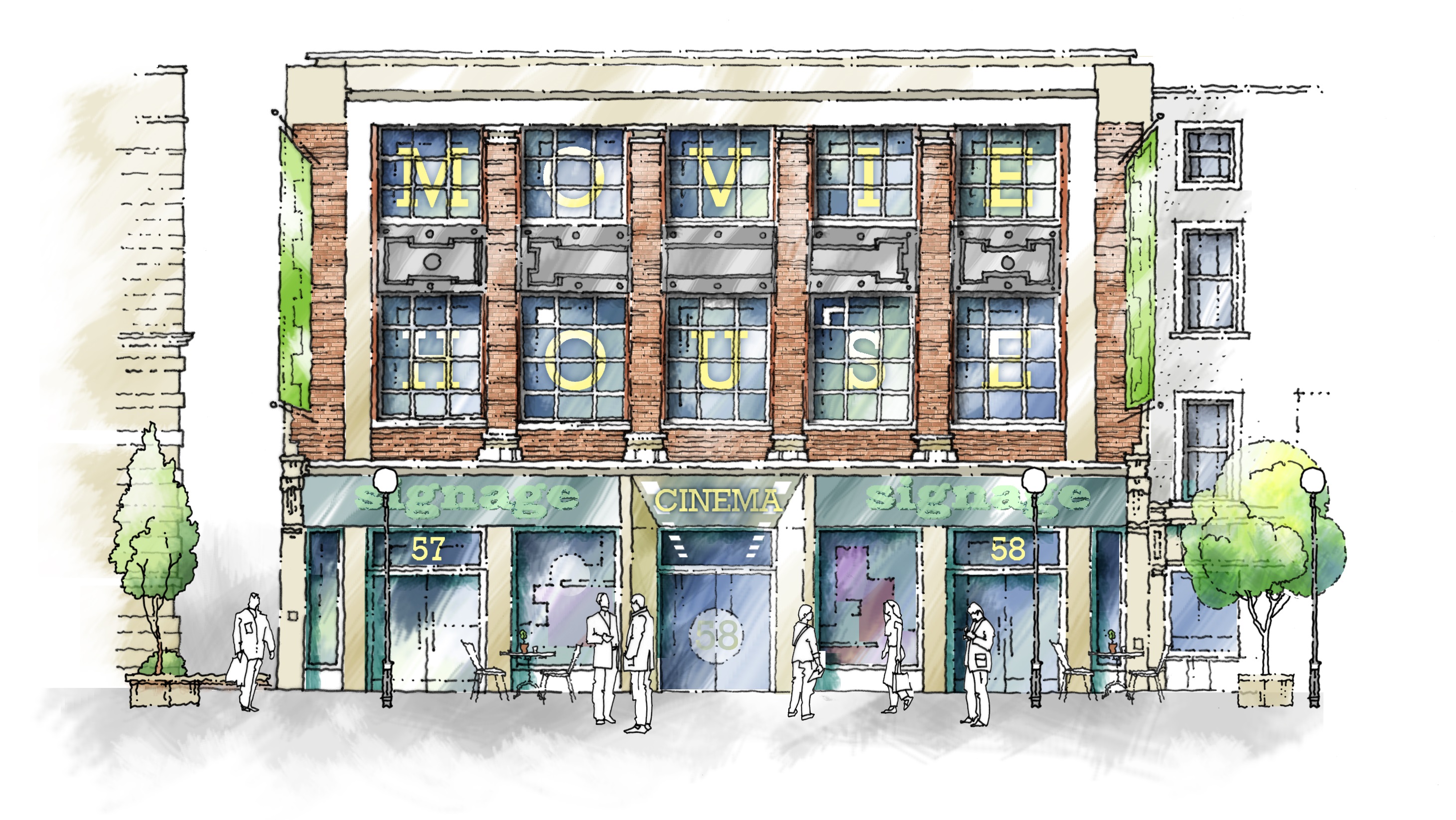Work will begin on the demolition of the Edwin Davis building on Thursday 14 February.
The building has stood derelict since 1998.
The demolition is part of the £130 million Albion Square development in the heart of the city centre which, when completed, will feature modern mixed-use spaces, featuring high-quality retail, housing, leisure and enhanced parking facilities set around an enclosed courtyard.
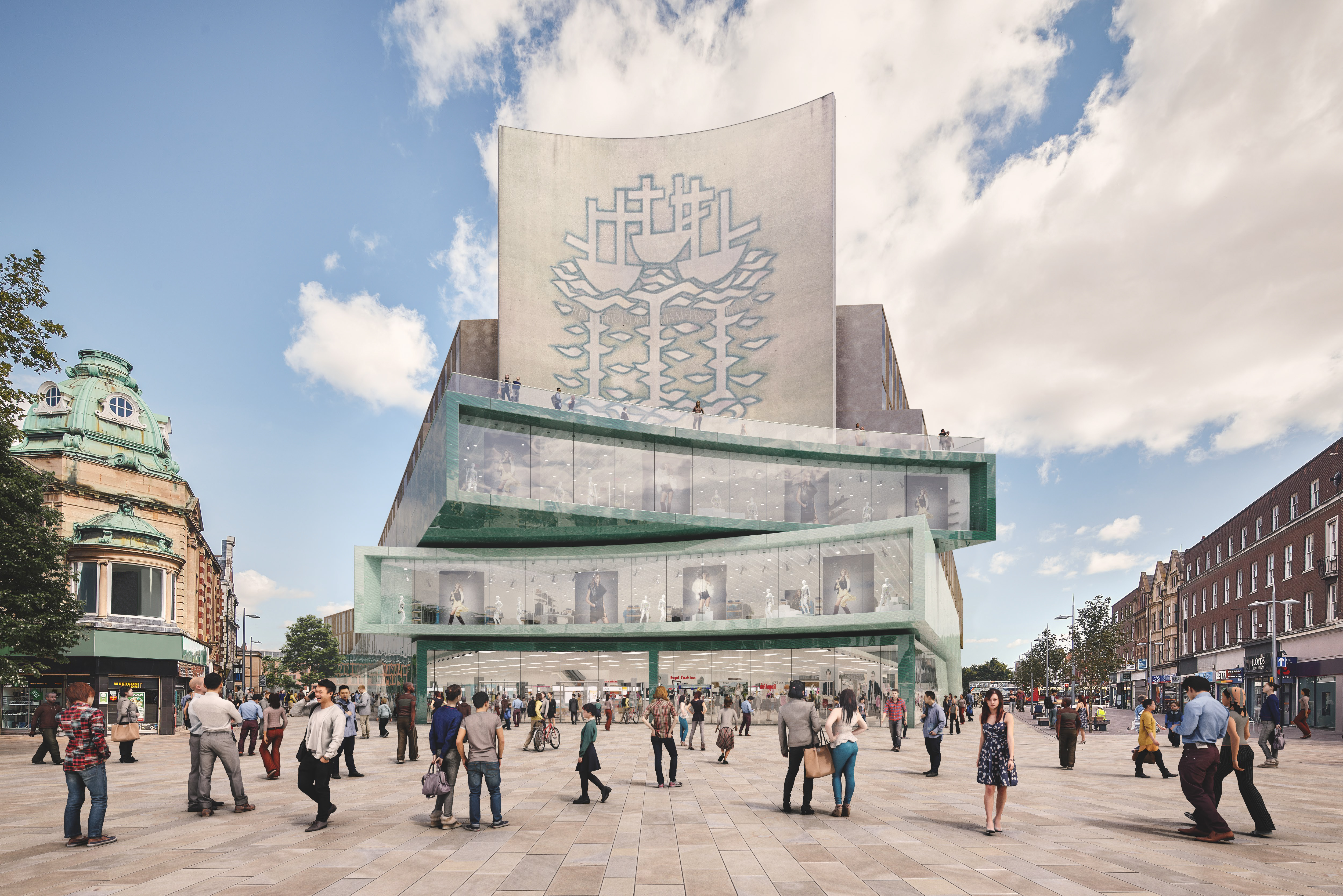
An artist’s impression of the front of the Albion Square development
Councillor Daren Hale, portfolio holder for economic investment and regeneration, said: “The Albion Square development is a key site in our long-term strategy for the city centre. For too long the disused Edwin Davis has been a visible sign of decline and market failure.
“Today this changes with our bold vision for this exciting development becoming a reality as we sweep away the derelict site.
“The centre of the city is benefiting from huge amounts of investment and regeneration at the moment. The revitalised Fruit Market on Hull Marina and the thriving Old Town, including Trinity Market, are continuing examples of this.
“Only last week Arco announced plans for a brand new headquarters on the Fruit Market, and in October last year work started on the much-needed footbridge over the A63 that will bring together the city centre and all the fantastic things that are happening.
“We are delighted that our vision for Hull is being realised – it’s a truly exciting time for the city.”
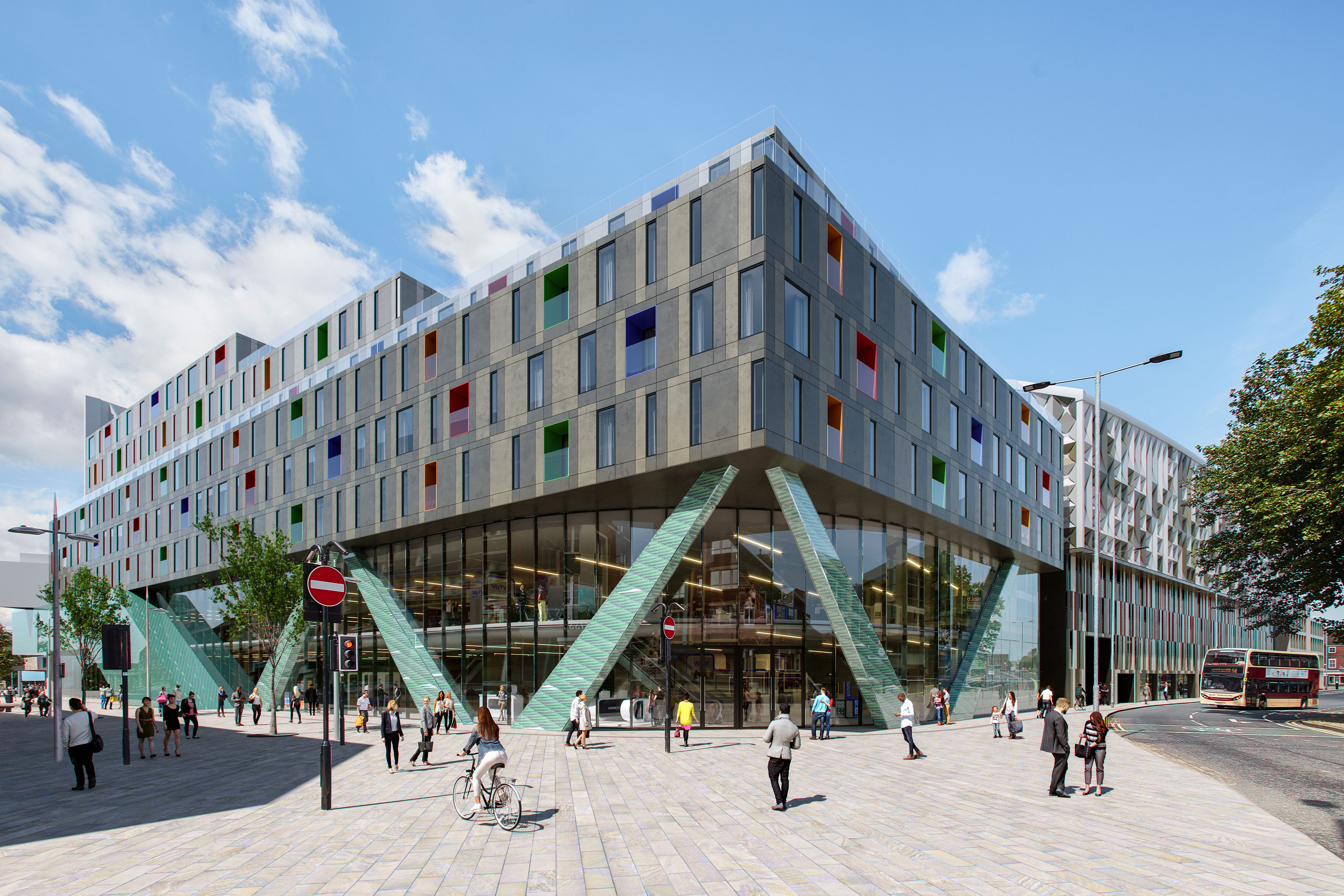
An artist’s impression of the rear of the Albion Square development.
The 1.7 hectare Albion Square development site encompasses the Edwin Davis Building, the former BHS and Co-op building, and the Albion Street car park.
The site has also been identified as a potential home for a newly-built ice arena.
Plans for the development include the ambition to retain the 1963 Italian glass mosaic Three Ships mural on the former BHS and Co-op building.
The Edwin Davis Company was established in Market Place in around 1840, later expanding to take in the shops on both sides. By 1910, its premises had been re-fronted, possessing classical columns at either side of its huge shop frontage. During the early 1900s the store had become a prime spot for shoppers, but as a result of a bomb dropped from a First World War Zeppelin in 1915, the shop was completely destroyed.
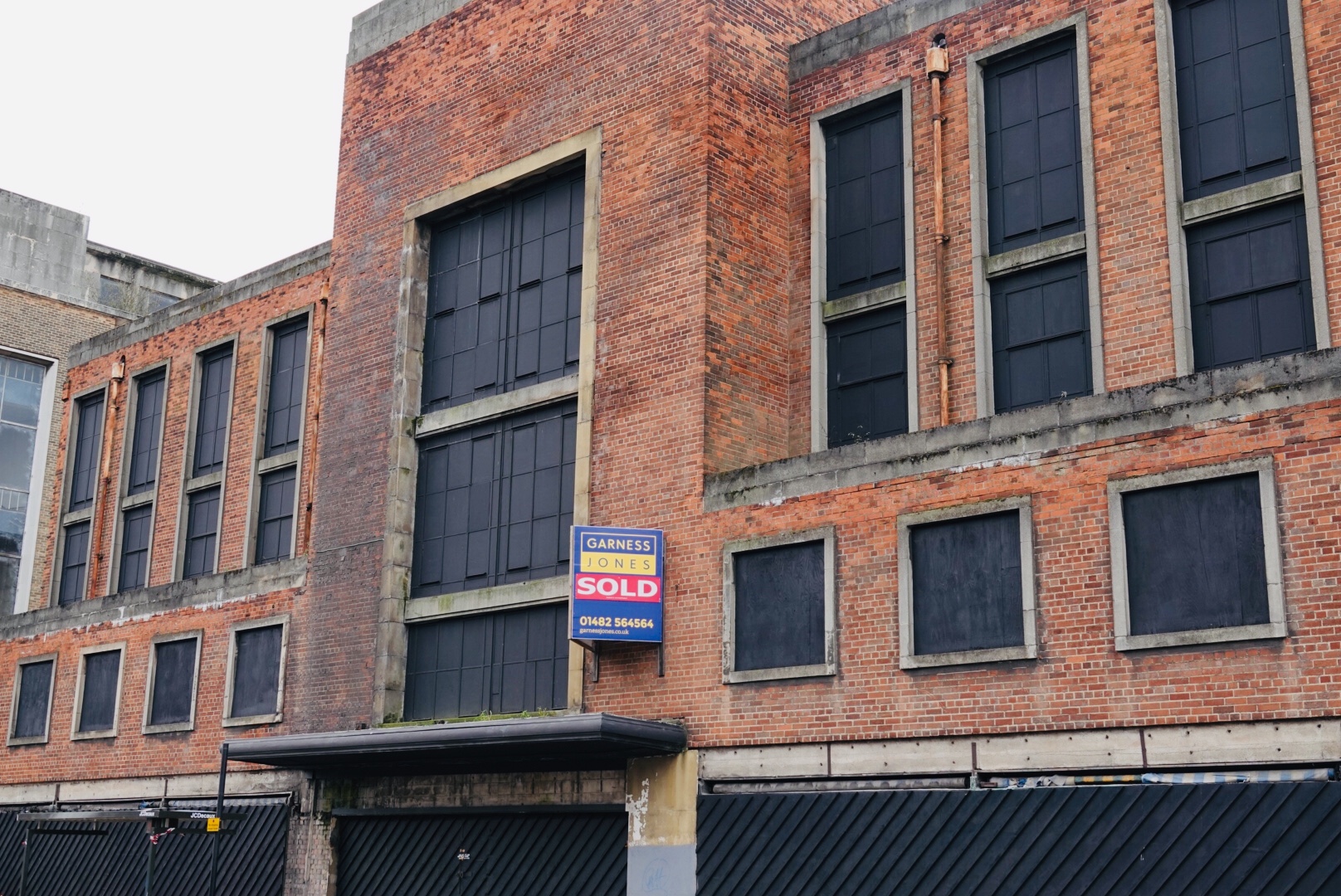
The Edwin Davis Building in Bond Street
The replacement store, constructed in Bond Street in around 1920, was also badly damaged during the Second World War.
The company’s third and final store, also built in Bond Street in around 1952, remained open until the late 1970s.
After the company closed in 1978, the former department store premises saw many uses, including as the Evolution nightclub during the 1990s and as an amusement arcade.


